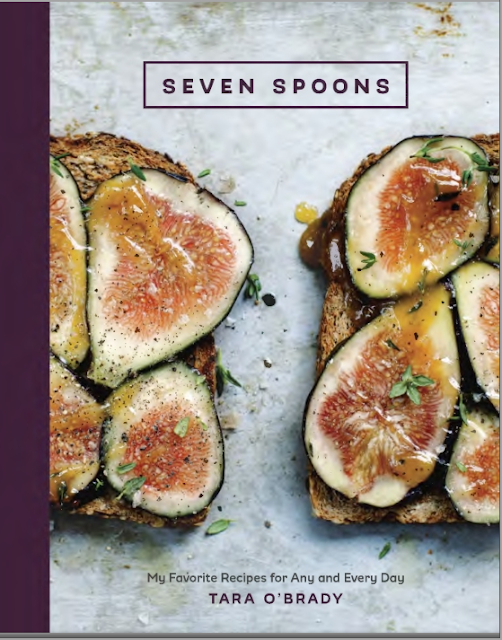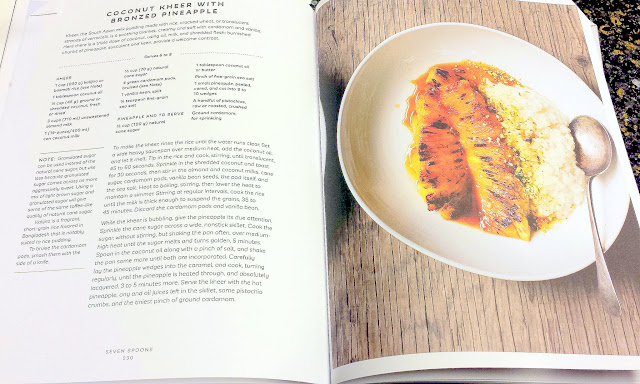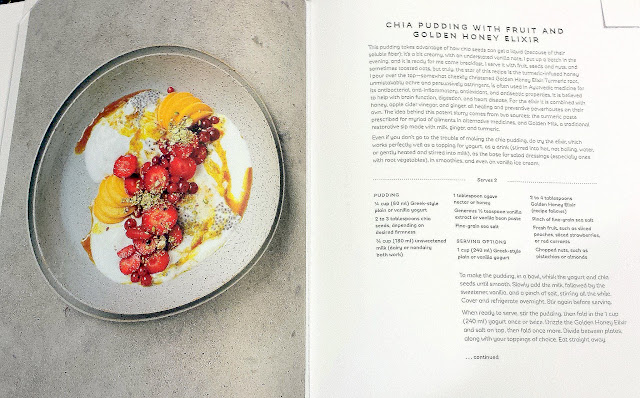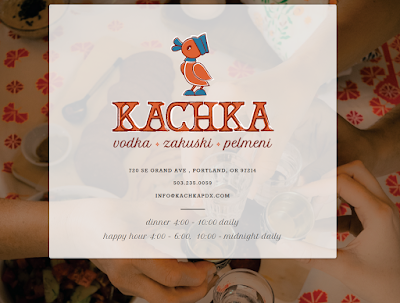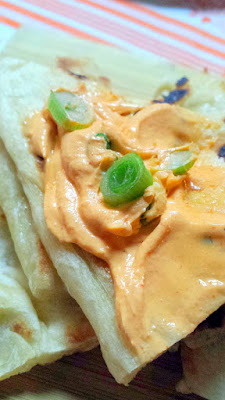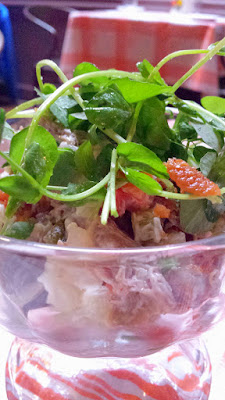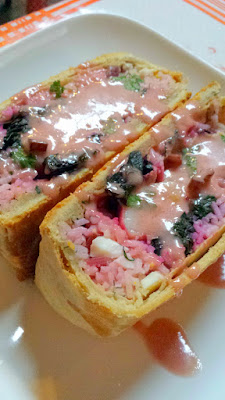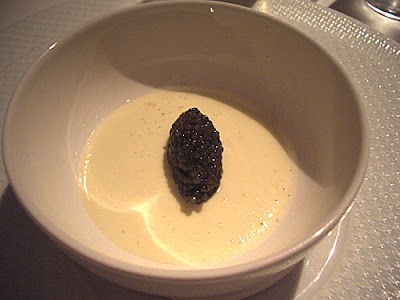The Fold, by Peter Clines, does a good job immediately from the first chapter of plunking you immediately into the feeling of something is off and not right. The story admirably carries that unexplained feeling through 2/3 of the book (about 200 pages) as you try to understand what is going on and endeavor to find the explanation of why something is not right along with the protagonist.

This is likely what will keep you turning the pages and make it hard to put this book down- you will get caught up wanting to know the answer as well. The clues are sprinkled in ways that you will likely put it together around the same time he does, and thankfully does not wait until the end with some twist ending.
Instead, the surprise for me is that the last 1/3 of the book turns into more of an action thriller. This part I had a harder time following as I read then the first 2/3 as it relies on translating the words into action scenes in your head, so I probably missed some details and can only hope someone DOES turn this into a movie.
Though there is a little science involved, it is explained in a way that an everyday person can understand. Thankfully the main character, although stretching a bit with his eidetic memory that automatically gives him a mini super power, is also very relatable in that he is an English high school teacher. You can follow his viewpoint and his understanding of the science well since they use comparisons to more common real world things.
In many ways it reminds me of Jurassic Park in setting up a fascinating science premise but focused less on the science that the JP books, though science is a foundation. The trade of the science speak in the book is to focus more on setting up intelligent, quirky, but believable people and the way they act towards each other where the science does not overshadow people (which in that way, reminded me of Interstellar). The main character also is a bit reminiscent of Sherlock Holmes but without the awkward social skills – and this is intentional.
Sprinkles of humor from current culture like Star Trek, Game of Thrones, mentions of Simpsons, Looney Toons, etc. make the characters seem real, and each one comes across as very intelligent, yet individual with their specific quirks. And the premise is fantastic – the wonder of a possibly life altering scientific breakthrough, being dropped into a new situation with a team where you are trying to figure out what the heck is going on and you are the odd man out… All of that engages you right along into the story. I don’t want to give away too much as the journey is the fun of the book.
A really fun rainy day read, I would recommend it for high school and up (there is a little bit of foul language).
Disclosure: This book was provided to me as part of the Blogging for Books program, but I will always provide my honest opinion and assessment of all products and experiences I may be given. The views and opinions expressed in this blog are entirely my own.






